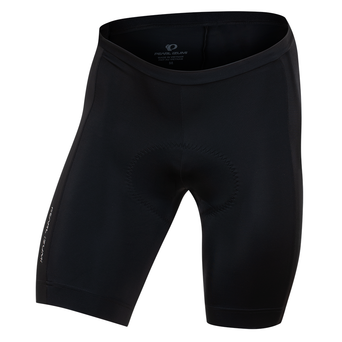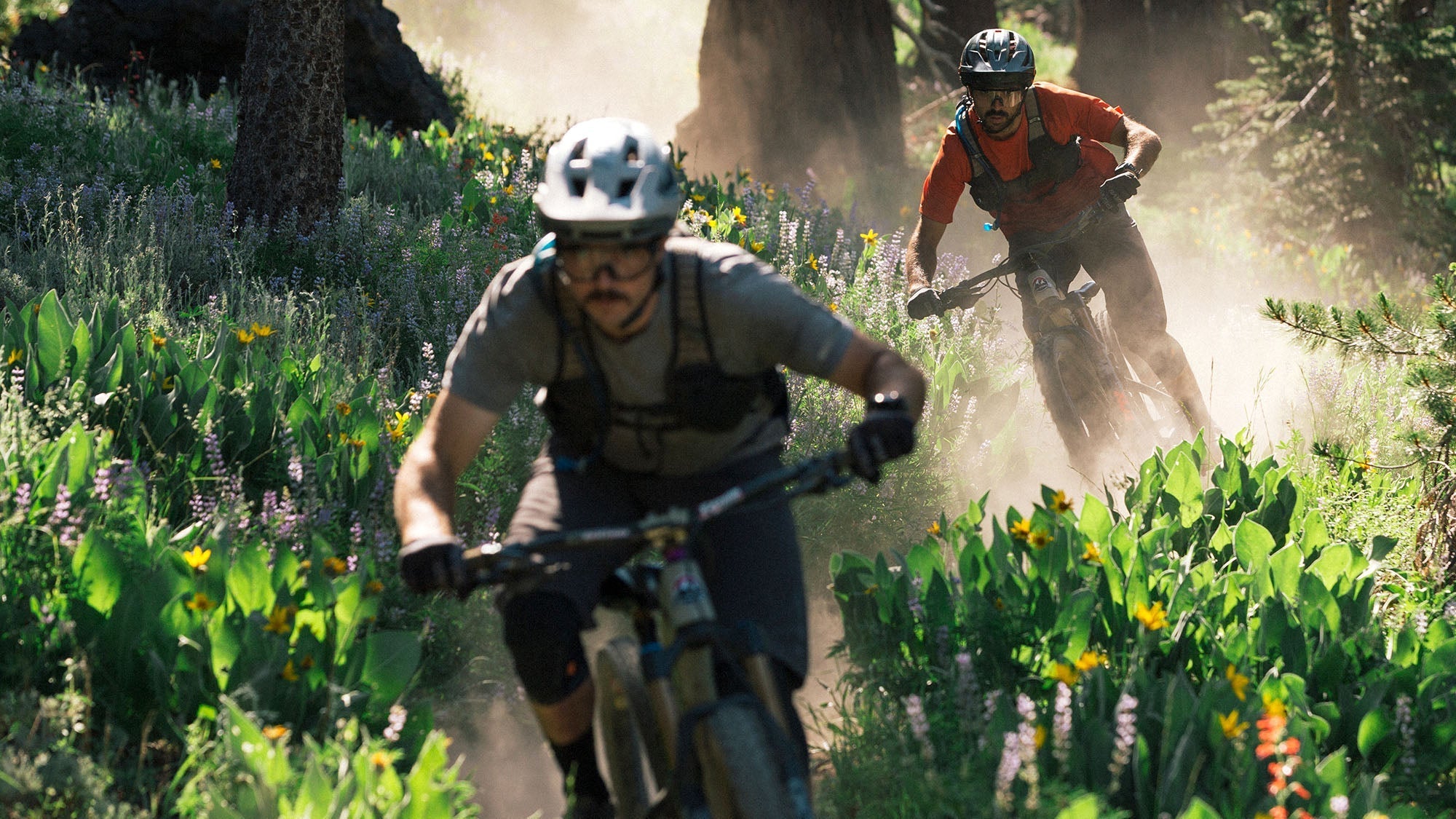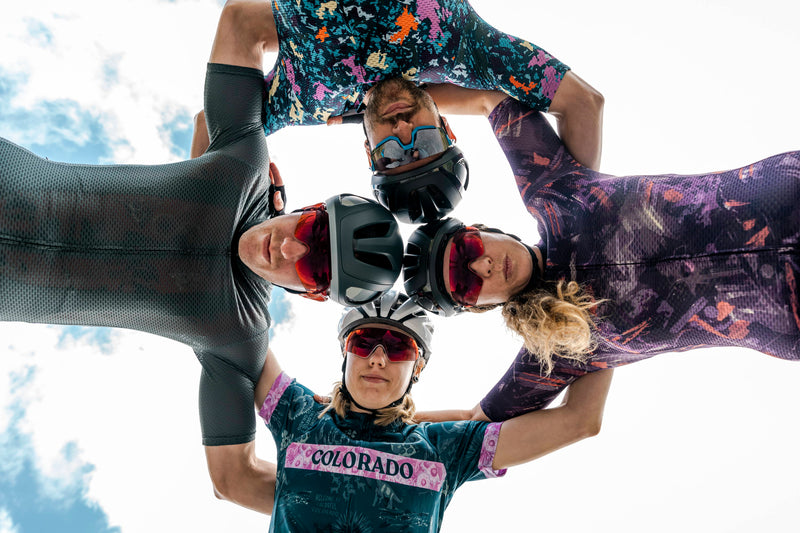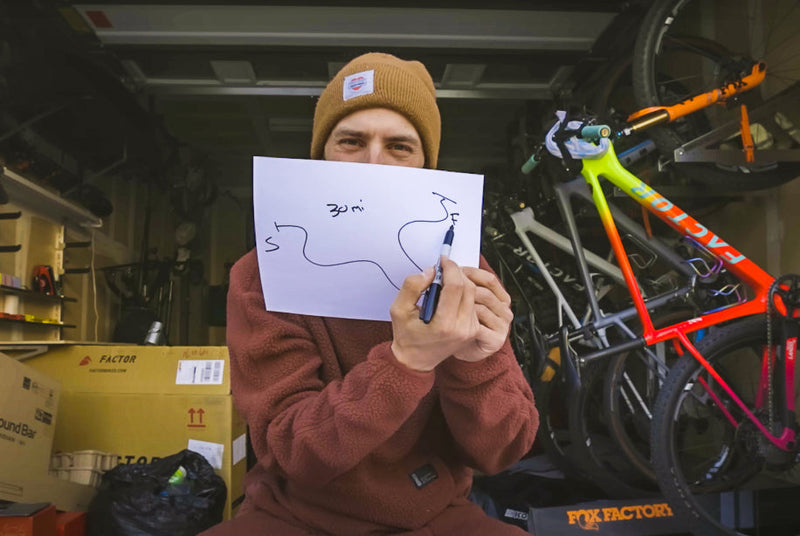We know that no “genre” of landscape is a monolith—that’s why we tapped riders on the East and West coasts to give a sense of what the forested trails look like in their respective areas. Here in Part 1, brothers Dane and Zach Petersen will give insights into the raw and rugged backcountry riding south of Lake Tahoe, California. Stay tuned for Part 2 where Ella and Alex McAndrew will describe the vibe of lift-assisted runs off Vermont’s Burke Mountain. With both perspectives, you’re sure to get a wide-ranging view of everything that forested mountain biking trails have to offer—or, at least, two ends on the coast-to-coast spectrum.

What to Expect?
Strawberry, California: the Petersen’s Home Turf
Based in the small town of Placerville, CA, the Petersens most frequented trails are those surrounding Strawberry, a community tucked in the heart of the Sierra Nevadas. In terms of the riding style, you can find just about whatever you’re looking for and Zach points to the diversity as being a major draw for them, “We have a huge variety if you want to do a big backcountry ride and climb for a couple hours before a big descent, or if you want to do a loop with a lot of up and down.”
The overall feeling of the area is low-key, less groomed than more popular riding destinations, with a strong sense of history. “These trails aren’t directly next to a large population (center), they’re pretty backcountry-style trails,” explains Dane. “There’s not a huge community of riders in our area. Most people drive past this whole area and go straight to South Lake Tahoe to ride the classic zones there. That’s what we found so cool about it—these remote trails that everyone was overlooking that were so awesome. It’s definitely similar but SLT sees quite a bit more traffic. There, the trails are wider, more burnt in, not a lot of organic material. (Around Strawberry) you kind of come over the crest in the mountains —loamier dirt, but also a lot of granite mixed in, older trails, narrow, with encroaching foliage on the sides.”

Zach adds, “One of the trails in the area is part of the Pony Express Trail, so about 160 years old. We’ve gone and looked back into these old journals and found entries about the Cody Creek Trail being used for boy scout (missions) 80 years ago. You just don’t have that kind of age in Tahoe—some of the more popular trails can’t be older than 40 years old.”
With regards to the riding surface itself, both brothers point to the loose soil as the most defining characteristic. “What would probably stand out to people most is the soil conditions,” says Zach, “It’s sandy, dry, loose soil combined with large granite boulders. I’ve never really come across something like that
Around five years ago, the Petersen’s started getting more involved in trail work and maintenance as their focus shifted away from strictly racing, with more emphasis on just being out on the trail, “The Forest Service is strapped pretty thin with resources and doesn’t devote money towards recreation and keeping trails alive, so we’ve just been kinda of doing it ourselves for the last 4-5 years,” says Dane. “Soulriders> highlights some of our favorite trails in the area that we would ride in the summer up at higher elevation. But this last August (2021) the vast majority of that National Forest burnt in a really big wild fire—completely nuked, no vegetation, no greenery; it used to be very green and lush. (The fire) started about seven miles away from my house and ran all the way up and over the mountains into Lake Tahoe, about 50mi away. So the forest just reopened (in March) to public access and recreation—it was closed for about six-and-a-half months. We plan on getting back out there and trying to recover what was in that video. Now you can literally ride off the trail in any direction you want. That could have a substantial impact for any user group.”

Bike Set-Up and What to Carry
The Petersens describe their bikes as being almost identical: both ride Rocky Mountain Altitude 29ers with 160mm of front and rear travel, carbon frames and carbon wheels. Dane says, “We build ‘em up for abuse, and for enjoying the downhill while still be capable of pedaling long days— big tires, big rotors, big brakes. I typically run WTB’s Vigilante 2.5” up front and 2.4” Trail Boss in the rear.”
Zach adds that “The key thing on setting up your bike would be tires and brakes. We do mix it up quite a bit with some shorter travel bikes, but the main thing would be tough tires and good brakes because of the harsh soil conditions and sharp rocks (we call ‘em ax heads). For the sustained descents and because the soil is so loose and dry you really do have to grab a lot of brake to slow down.”
Apart from prioritizing traction and stopping power, the brothers carry a lot of routine equipment on most rides in case of mechanicals: a small vest pack with 1.5L water bladder plus one bottle, a full tool kit (with “all the little parts and pieces that could fall off”—valve core and remover, channel locks, spare derailleur cables, a cleat, nuts and bolts), tube, pump, and depending on the season maybe a jacket. “We don’t really have afternoon storms, what you see on the forecast is typically what’s gonna happen” says Dane. Finally and importantly, as Zach points out—snacks. “I just eat pure candy, usually Sour Patch Kids.”
The Best Part About Riding Near Strawberry?
In addition to the trails themselves, with their wild, backcountry character, the brother’s point to the post-ride experience as being one of the highlights of the area. “There’s a small general store there—the Strawberry Station. The owner is a really cool guy—I don’t even know his real name, everyone just calls him Squirrel—and he’s really rad and the folks working there are fun to be around. So pretty much every ride for us ends at the Strawberry Station (or as we call it, the Strawberry Social Club) or with a dip in the creek. At the Social Club, we’ll finish up with chips and a beverage, or a cinnamon roll. You can chill in the shade and look up at Lover’s Leap, a giant granite monolith that you can actually ride off the top of.”
Stay tuned for Part 2 with Ella and Alex McAndrew for a taste of East Coast trails, and, in case you missed it, check out Desert Riding with Randy Barcena.




